13 participating women and girls of diverse backgrounds and generations responded to the open call with distinguished motivations to take part in one day long performance workshop “Missplaced Women?” that took place on October 29 in Belgrade. Between them there were two 17 years old School of Design students, several art students, master students of arts and drama, couple of feminists, activists and cultural workers, one nurse and as well my colleague Nela Antonović, art director of Mimart Theatre, experienced performance artist herself.
Whether they had any experience with the performance art or with migration, or not, participants were invited to come openminded to the workshop and to bring along some bag or a purse of their own as well as some donations for refuges. Our base was Remont, independent artist association, where we gettered in order to get to know each other and to talk about the project over a cup of tee in democratic way.
We were discussing and researching and trying out something practical and performative at three different migration specific locations in public spaces in the vicinity of the city centre Bus station where still an average of 300–500 refuges daily stop by, in order to get medical help, food, warm clothes, information, and to charge their mobile phones. Some of them are offered to be transferred to free hostels to recover for up to three days, or to asylum home in Krnjača suburb. Most of the refuges are anyhow waiting there for a next 10-Euro-bus direction Croatian border, etc. Dramatic conditions on Balkan migration routes are changing daily. Since Hungarian border has been violently closed for refuges people can progress from Serbia only to Croatia. From july until early October 2015, parks in vicinity of Bus station in Belgrade were covered with tends and served as improvised temporary camps. Many volunteers were engaged there. Since mid October 2015 camping has been forbidden and refuges are, after being registered at Macedonian border mainly transferred directly to Croatian border by police busses, or are brought to Asylum centres. Volunteers and donations are spreading as well around Croatian, Macedonian and Bulgarian borders.
First we came to the storage part of Miksalište, Refugee help centre located in Mostarska 5, where we gave our modest donations and made contacts with several refugees and volunteers. They told us about their journeys and the violence they’ve experienced in some of the countries they went through. What left a big impression on workshop participants is the fact how well they handle their difficult situations and how optimistic they were. They also told us about plans for their future destinations. In the help centre there were mostly younger male refugees from Afghanistan who walked over Bulgaria to Serbia. The reason there were so few women and children there was, as we found out, that they are avoiding passing through Bulgaria in order to avoid brutality of Bulgarian police and groups of organised hooligans. Families mainly go via Macedonia from where as soon as they enter Serbia they are registered and directly transported, by free busses organised by Serbian police, on to Croatian border. We met a lot of people who had been beaten up, robbed and imprisoned for up to 20 days in Bulgaria. Their cell phones, money and passports were taken away. We also met there a 15 year old Kurdish Syrian girl who came over Bulgaria and who had to leave her parents behind in Turkey, since they didn’t had money to travel along. She suffered from severe feet injuries and exhaustion.
Inside the Miksalište there is a tend where refugee children can play and make drawings with volunteers and social workers. We took several pictures of drawings where kids expressed their impressions from the journey. On one of the drawings a refugee child depicted explicit violence against his/her family members while on the road in Bulgaria and in Iran.
Choice of reflections excerpts by some of the workshop participants:
- Despite the fact that we had only one day for this workshop, I have many different feelings about the experience that we went trough. First, when we came to Miksalište I wasn’t very confident in my approach to the migrants, because I have never been in this situation before and didn’t know what would be the right way to greet them. I wanted to approach them in a very friendly manner and I didn’t want them to get the impression that I felt sorry for them. Then I met a guy from Afghanistan and started talking with him bluntly. He was also open for conversation, with a positive attitude. He looked like he really felt safe and calm in there, and he told me so. He was glad because the people here have empathy and they do not hesitate to help if they can. He told me about his journey and bad experiences he went trough, but he still kept his hope for the future. He gave me his Facebook contact, so we are still in touch. He is now in Düsseldorf, Germany, settled down and thinking about his plans for future. I talked with two more persons and what left a big impression on me was how well they handle their difficult situations… I am aware that not all of them are as strong, but talking to these guys really made me more optimistic. We all need more compassion, we need to be open and brave to talk about issues and problems of our world.” — Irena Mirković (master student, New Media, Academy of Arts, Novi Sad)
2. “The main reason why I wanted to take part in Tanja Ostojić’s “Missplaced Women” performance workshop was to meet and support refugee women and children, as I see them as direct and biggest victims of men’s system of values, politics and wars. I must say I was at first a little sad when we ran into almost no women and children in the refugee parks, but only to later be happy about that fact, because we figured out that majority of them actually choose a better route of traveling, avoiding Bulgaria and going through safer places than people we talked to in parks.
To me the biggest impression was 18 year old Afghanistan boy who told us his story, how his journey began more than two months ago, how he was almost 3 weeks in Bulgarian prison, where the brutal officers stole all of his property, including: cell phone, money and worst of all, his passport. The boy was smiling all the way, he seemed so positive and happy, even while telling us about the family he left behind in Afghanistan in a highly dangerous background, even when he told us about how he got beaten up in the prison, and about how extremely difficult it was for him to walk so much in firstly unbearably hot, and later cold and rainy conditions. He was thoroughly smiling with a profound, beautiful smile describing us the situation as “very bad, very bad..”
I must say that boy really made me think about life deeply and once again come to conclusion that the most important thing in life is – life itself. If people who lost everything, and have no certain future, not even a certain idea of survival can stay positive and happy out of gratefulness that they still have a bare life — a reason enough to smile, believe and stay positive, where do people in general, coming from ordinary, safe conditions, find a nerve to be grumpy and dissatisfied with life?
When did so many of us forget about what is really important and that without love, respect and gratefulness there is no true happiness? I feel blessed for the opportunity of meeting different people we ran into during our performance, as well as having an opportunity to connect with all the inspiring women in the workshop and rethinking the meaning and perspectives on life. For me this was a very nice, meaningful day and I will certainly remember it very gladly.” — Tamara Bijelić (master student of Theatrology, Faculty of Dramatic Arts, Belgrade)
3.”After an exchange with refuges in the frame of the “Misplaced Women?” workshop I came to conclusion that most of the things I have around me, and most of the habits of mine I should get rid off, change, reject, or totally eliminate from my life. This workshop was surly useful for my further development and inspiring for further thinking on the subjects of border, disclaimer, rejection and gaining…” — Marija Jevtić (master student, Academy of Arts Novi Sad)
Workshop participants:
Nela Antonović, art director, Mimart Theatre, Belgrade
Gorana Bačevac. student of sculpture, Faculty of Fine Arts, Belgrade.
Tatjana Beljinac, student, School of Design, Belgrade.
Tamara Bijelić, master student of Theatrology, Faculty of Dramatic Arts, Belgrade
Jelena Dinić, medical worker, Belgrade
Irena Đukanović, student of painting, Faculty of Fine Arts Belgrade.
Milica Janković, student, School of Design, Belgrade.
Marija Jevtić, master student, Academy of Arts Novi Sad.
Nadežda Kirćanski, student of sculpture, Faculty of Fine Arts, Belgrade.
Irena Mirković, master student, New Media, Academy of Arts, Novi Sad.
Bojana Radenović, master student, Theory and New Media, University of Arts Belgrade.
Sanja Solunac, feminist, activist and independent artist, Belgrade.
Sunčica Šido, Women Initiative and Goethe Institute, Belgrade.
Concept and workshop leader: Tanja Ostojić
Photos: Lidija Antonović, Tamara Bijelić, Marija Jevtić, Nadežda Kirćanski, Srdjan Veljović
This workshop has been produced by Remont — independent art association Belgrade, in the frame of “From Diaspora to Diversities” international project. Production co-ordinators: Miroslav Karić and Darka Radosavljević




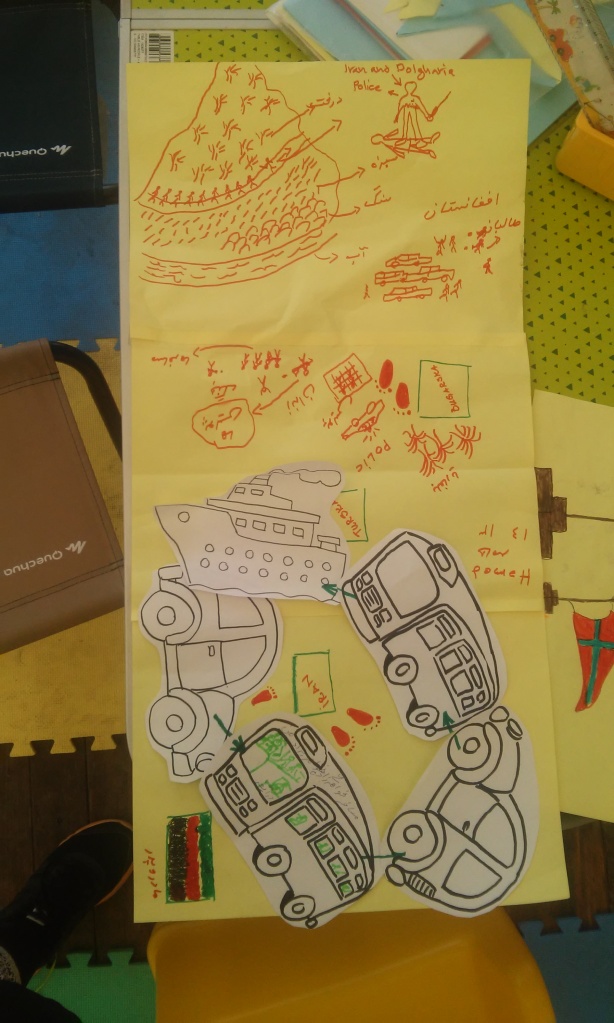
Refugee child depicted violence against his family members in Bulgaria and in Iran

Child depicted violence against his family member in Bulgaria and Iran

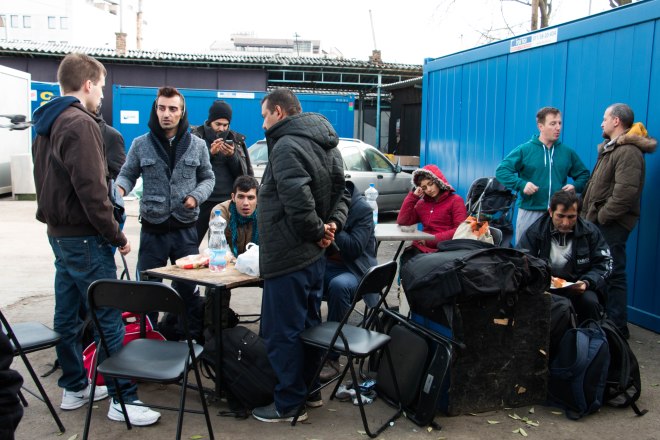

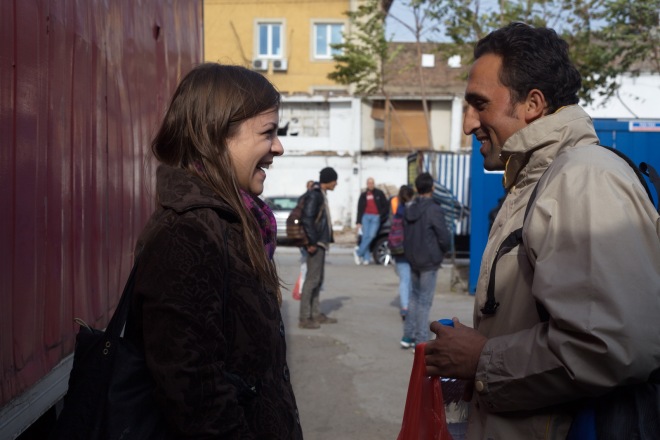



 ______________________________
______________________________



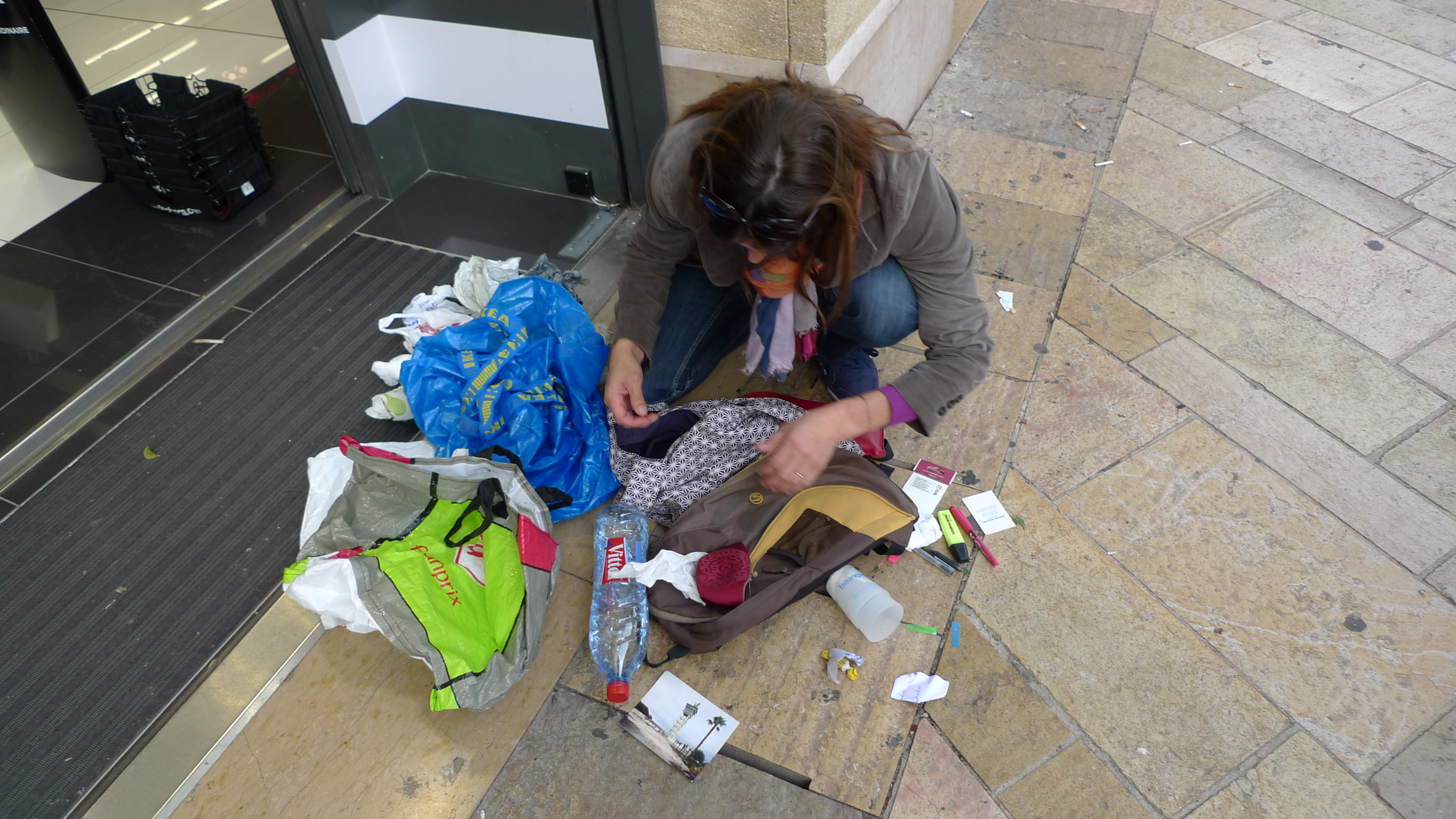

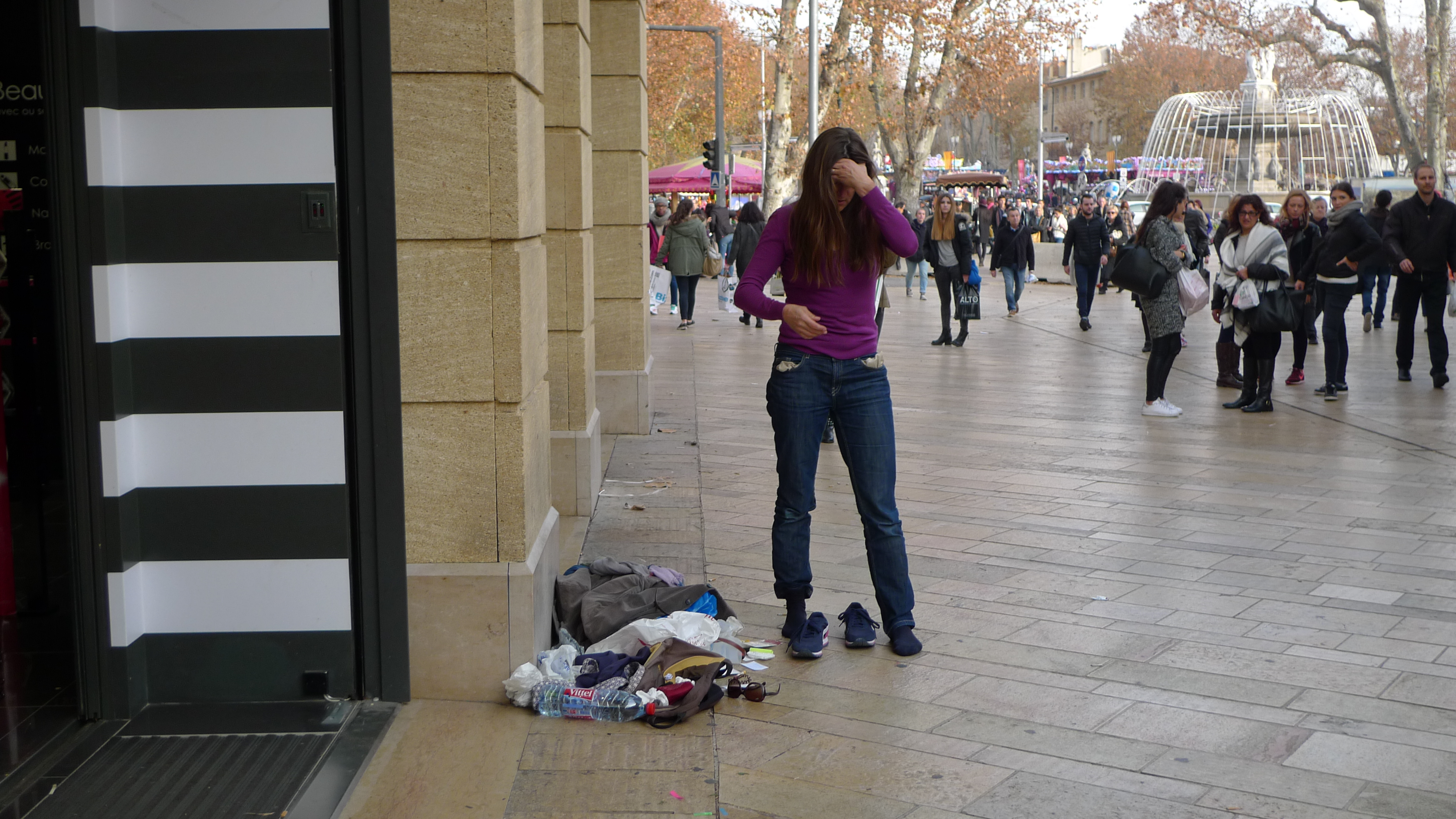














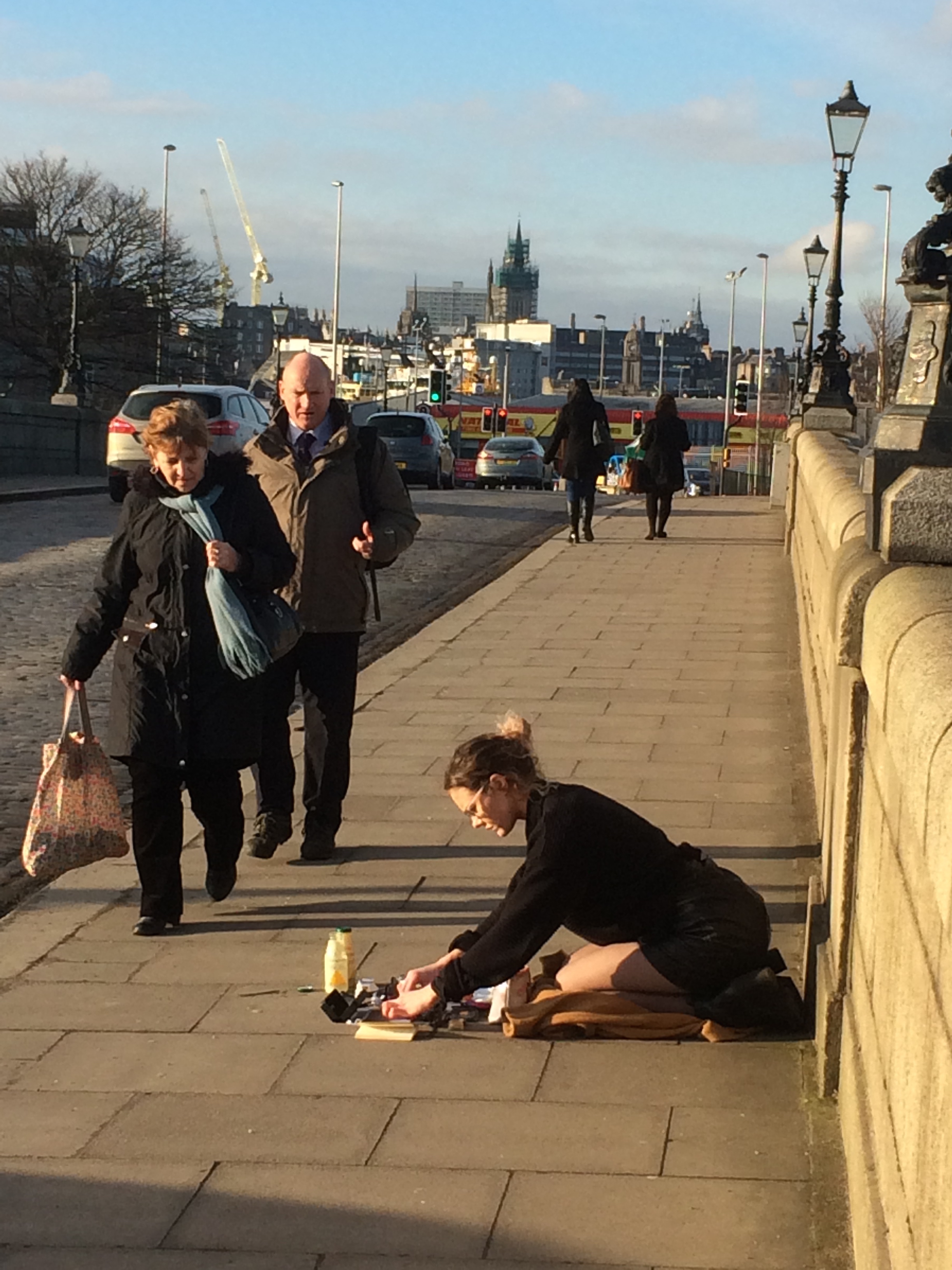







































You must be logged in to post a comment.